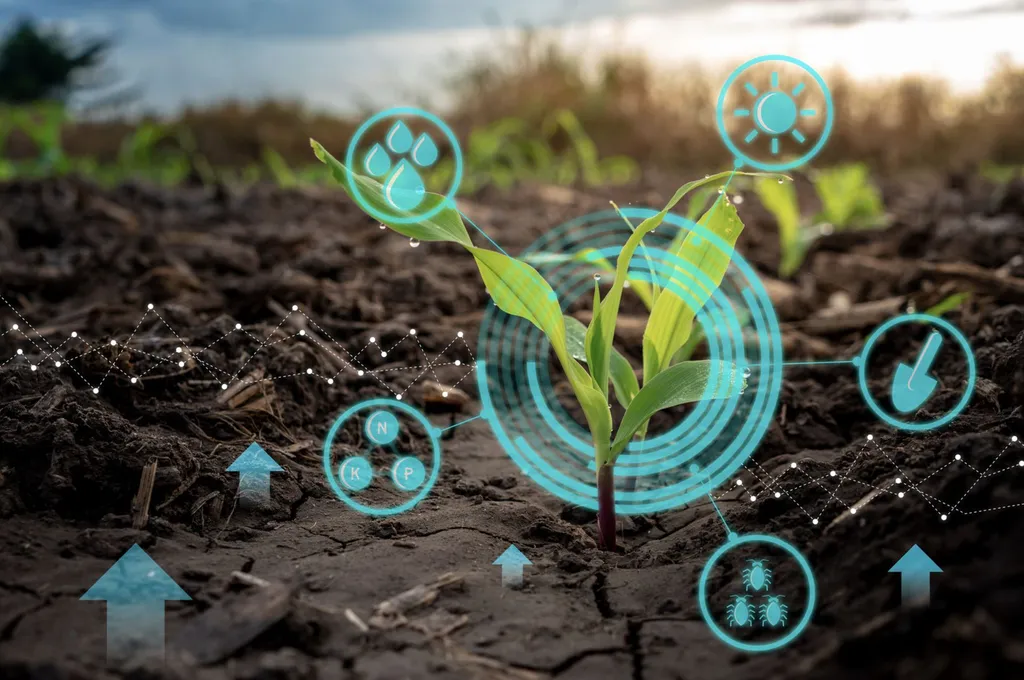In an era where climate change is increasingly impacting global agriculture, a new perspective published in *npj Climate and Atmospheric Science* offers a beacon of hope for tracking adaptation progress. Led by Sarah Connors of the European Space Agency, the research explores how Earth Observation (EO) data from satellites can be harnessed to monitor and support climate adaptation efforts, particularly in the agriculture sector.
The study emphasizes the critical role of EO data in tracking progress towards the Global Goal on Adaptation, a key component of the Paris Agreement. By focusing on agriculture, biodiversity, extreme events, and health, the research highlights the strengths and challenges of using satellite-derived indicators to measure adaptation efforts. “Earth Observation provides a unique, global perspective that can help us understand and track the impacts of climate change on agriculture and other sectors,” Connors explains. “This data is invaluable for developing targeted adaptation strategies and measuring their effectiveness over time.”
For the agriculture sector, the implications are profound. Satellite-derived indicators can provide real-time data on crop health, soil moisture, and weather patterns, enabling farmers and agribusinesses to make informed decisions. This can lead to more resilient farming practices, reduced losses due to extreme weather events, and improved overall productivity. “By integrating EO data into our adaptation strategies, we can enhance our ability to predict and respond to climate-related challenges,” Connors adds. “This is particularly important for the agriculture sector, where the stakes are high and the margins for error are slim.”
The research also draws parallels with the Sustainable Development Goals, emphasizing the need for standardized, operational EO-based adaptation indicators. This standardization is crucial for ensuring that the data is comparable and reliable across different regions and sectors. “We need a common framework that allows us to measure progress consistently,” Connors notes. “This will not only help us track our adaptation efforts but also identify areas where additional support is needed.”
Looking ahead, the integration of EO data into adaptation strategies could revolutionize how we approach climate change. By providing a comprehensive, data-driven approach, EO can help us better understand the impacts of climate change and develop more effective adaptation measures. This could lead to more resilient communities, improved food security, and a more sustainable future for all.
As the world continues to grapple with the challenges of climate change, the insights provided by this research offer a promising path forward. By leveraging the power of Earth Observation, we can track progress towards our adaptation goals and build a more resilient future for the agriculture sector and beyond.

